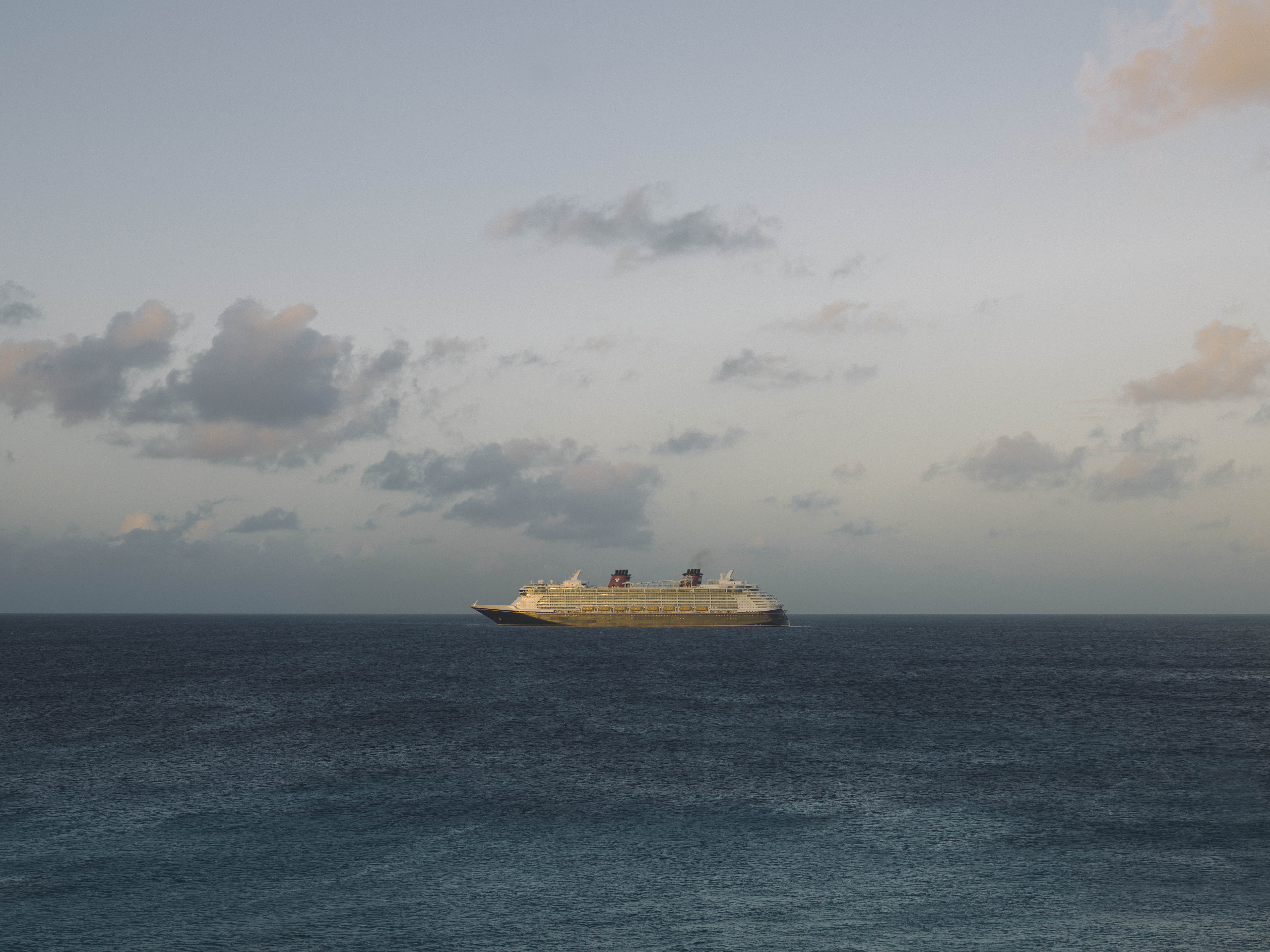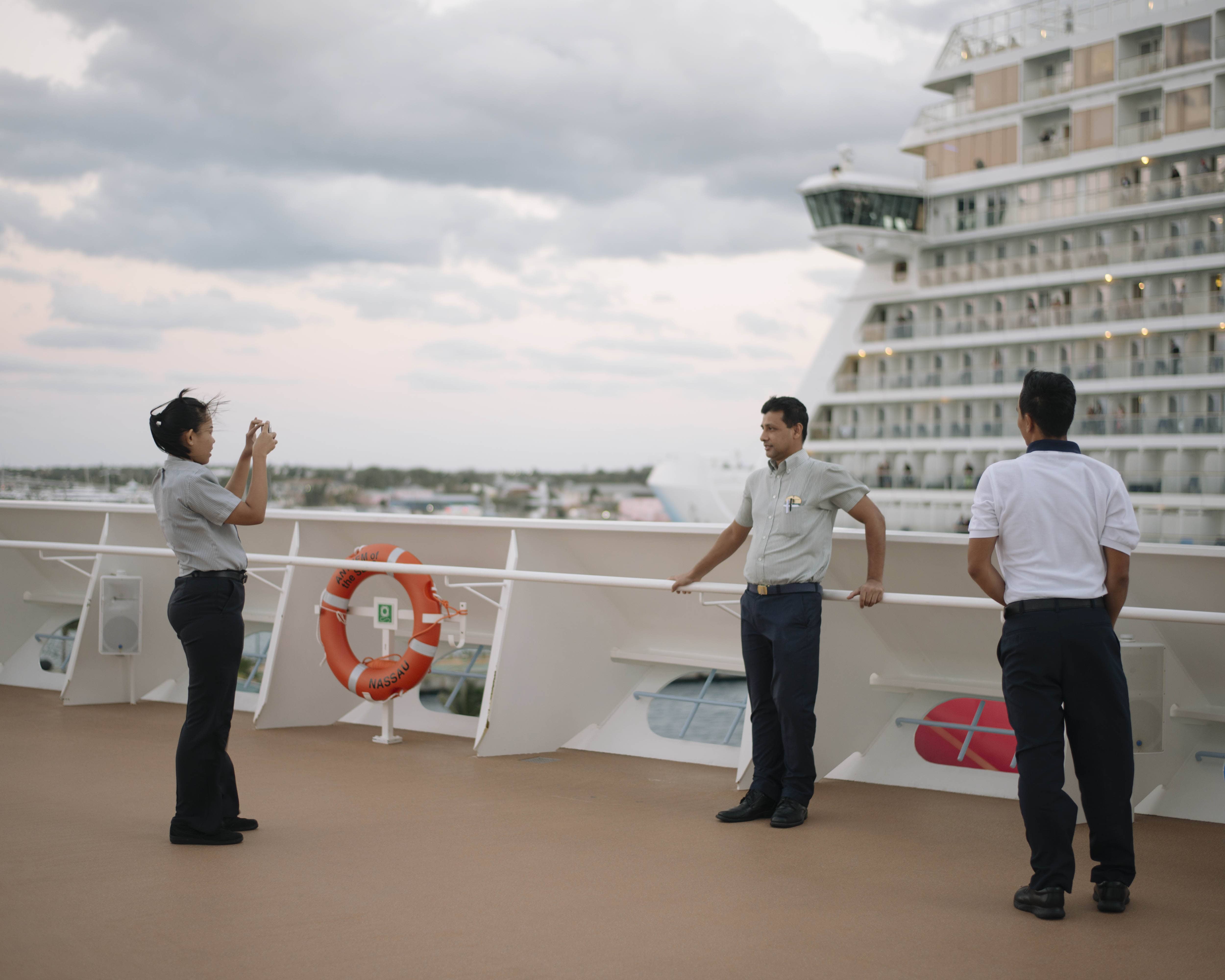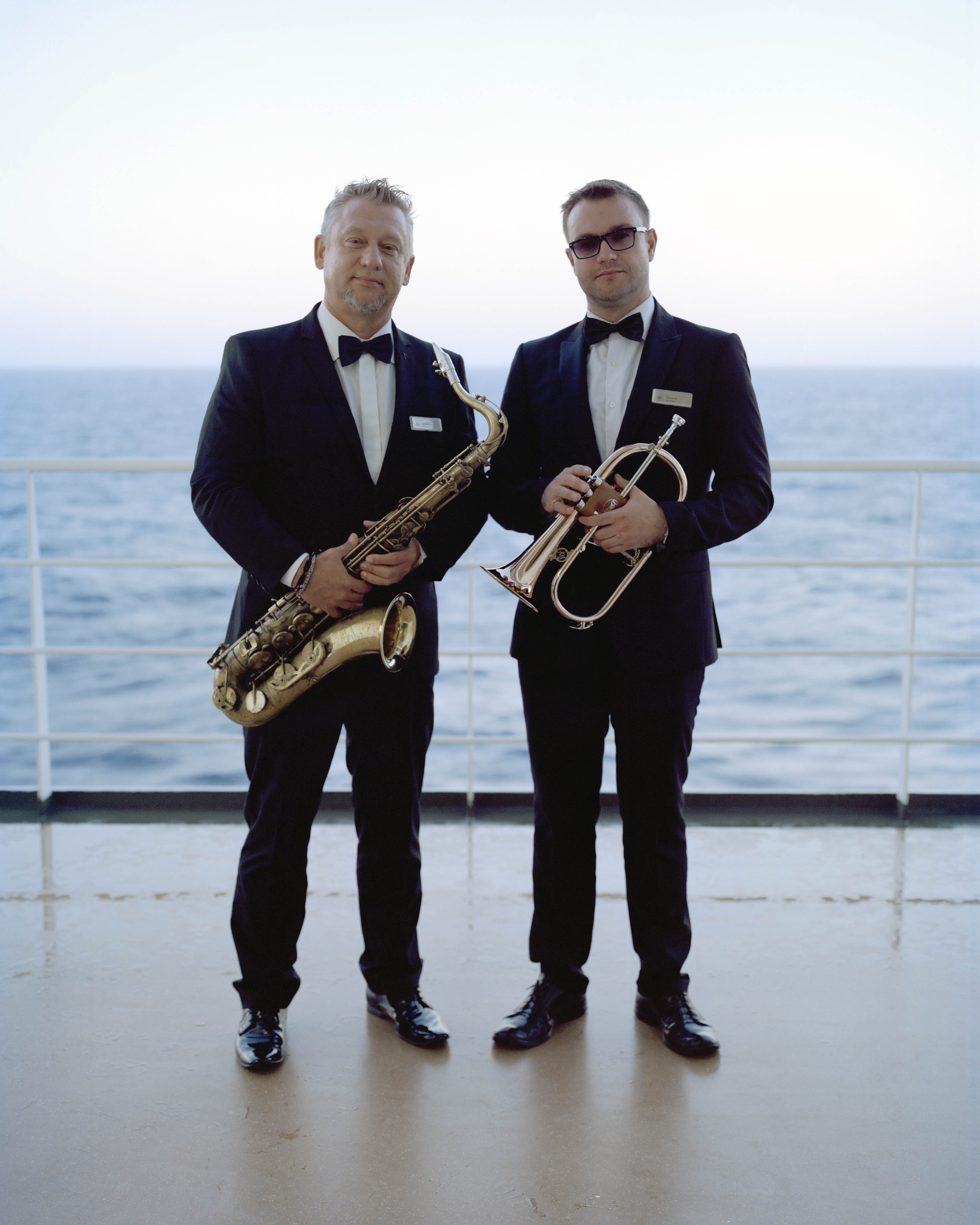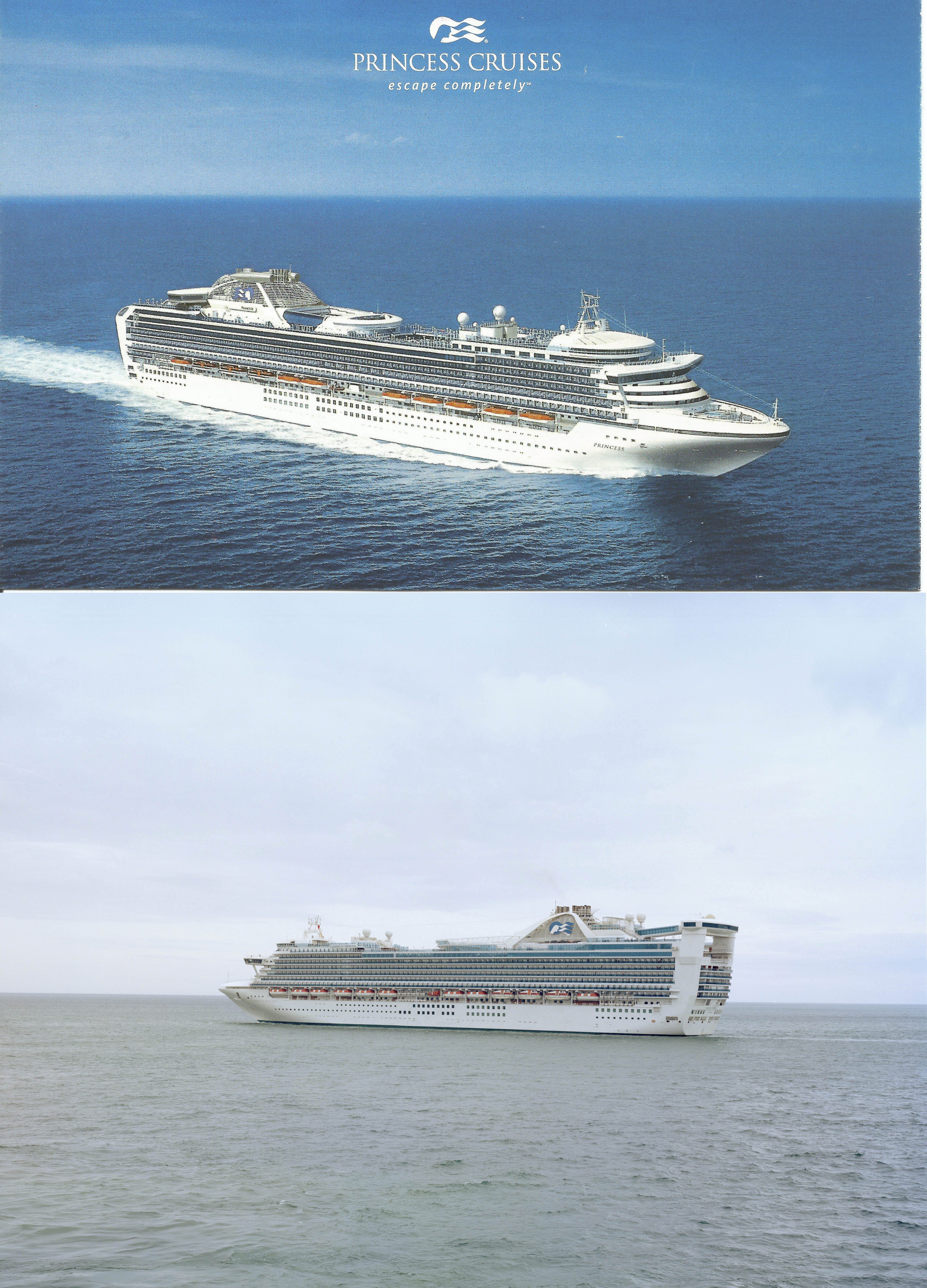Dale Rothenberg on Jazz Piano

1. How did you come to photography, and to the piano?
I began making photographs after discovering Flickr in high school; I still keep in touch with other photographers I met online ten years ago. To my knowledge, Flickr was the first online platform to foster such a large community of aspiring photographers. Of course, that trend continued through Tumblr and now has exploded through Instagram.
The piano has been in my life since I was a kid. I started playing when I was five years old, and switched from classical to jazz around thirteen. I continued studying jazz at Oberlin Conservatory. Compared to photography, it was a very formal education. I was really lucky that Oberlin had a great photography department that welcomed me as a music student, because I didn’t even look into it until I arrived.
2. What do you most enjoy about playing the piano?
It can be slow and meditative just as it can be intense and harrowing. It’s arguably the most versatile instrument. Above all, it’s an instrument that I really connect with mentally, that I can let my voice flow out of.
3. How do you practice? Has it changed over time?
I practiced intensely when I was in school, usually three or four hours a day. So did everyone else. I don’t practice as rigorously as I used to, but I spend time every day developing a new harmonic idea or writing down a melody. I often revisit old standards and occasionally learn new ones.
I’m working on a long-term photography project on cruise ships while working as a musician onboard. Often I will get the music from a guest entertainer a few hours before the show, and have only one chance to run it with them. Sight-reading is imperative, so a lot of my practicing becomes focused on reading reflexes. I’m also performing a few hours a day, every day, and that makes it difficult to spend a lot of time practicing on my own.
I think it’s also important to practice photography regularly. You don’t need to always haul out a big camera; I love working spontaneously with a point-and-shoot or my cell phone, even though it doesn’t really fit into my presented work. I get really burnt out by working only one way.

4. How do you find playing on a cruise ship compared to different audiences?
I’m used to playing for an attentive audience, but on the main stage on a ship I’m always in the background. It’s pretty easy to perform for fourteen hundred people when they’re not paying much attention to you, as long as you’re not the one in the spotlight. Some shows are really fun to play and others are pretty terrible - it’s the band’s responsibility to make everything as musical and enjoyable as possible.
When I’m playing a solo piano set at a bar, I have a lot more freedom to play what I want, and more opportunities to interact with engaged listeners. It’s more fulfilling, but I wouldn’t want to do either gig every night. I definitely do best with some variation.
5. What surprised you about making pictures on a ship. How did your staff position affect that?
Everyone knows me as a musician, and it can be difficult to convince them that I’m also a photographer. Since the crew is international, there are often significant language and cultural barriers. I run into a lot of physical limitations, especially with a large format camera on a tripod in such tiny spaces. I can’t bring a lot of equipment with me, and it’s almost impossible to buy more film when I’m traveling outside of the United States.
On larger ships, everything is very cliquey. People don’t socialize outside of their departments. My first contract was on the largest ship in the world, and I had no plans of making photographs onboard. At this point I’ve done five contracts, though most have been short ones. The ideas leading to a project have slowly taken shape over time.
I’m only focused on documenting the crew, though. There are enough projects on the passenger side of cruise ships; work by Emiliano Granado, Anna Beeke, and Chris Round comes to mind. What draws me to cruise ships is the history of globalization, international labor laws, and the practice of living at sea.

6. Have you had an important mentor, in music or art or both?
I’m still very close with my photography professor from Oberlin, Pipo Nguyen-Duy. All of my piano teachers have been inspiring in their own ways, as well. But Pipo’s work has had a lasting impact on my artistic practice, and he also happens to be multi-talented, as a former ping-pong athlete when he was a teenager in Vietnam. I think it’s important to have multiple interests, even if it’s just a hobby that informs your artistic practice in some way.
7. What life lessons have you learned from playing the piano?
Never give up something you are good at. I grew up hearing so many confessions from people wishing they’d continued to play music. It’s also a very universal language, and I’ve made some great music with people I can’t otherwise communicate with.
8. What's an under-rated piano piece?
Fred Hersch is one of my favorite pianists, and his compositions are all so beautiful. As I respond to your questions, I’m listening to his Nocturne for Left Hand Alone, which is vaguely reminiscent of Rachmaninoff and Scriabin. Hersch is the kind of pianist who is as expressively talented at performing an intricate arrangement of a piece by Ravel as he is at improvising in odd time signatures over a Cole Porter tune.
I would also mention Brad Mehldau’s Elegiac Cycle as a source of inspiration. As an American in Berlin in the nineties, he reflected on works by classical and modern German writers and thinkers. The music is intense, and not strictly jazz, but it is a complex and weighty album that deserves more praise.

9. Are music and photography different means to the same end?
Not for me. They have points of intersection but are ultimately very different approaches to artistic expression. I’m interested in the connections between the two, and hope to utilize them together in future work. For now, they just kind of subliminally feed into each other.